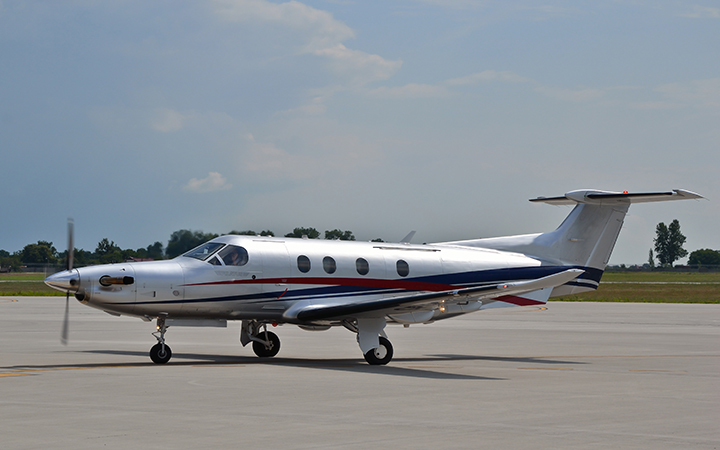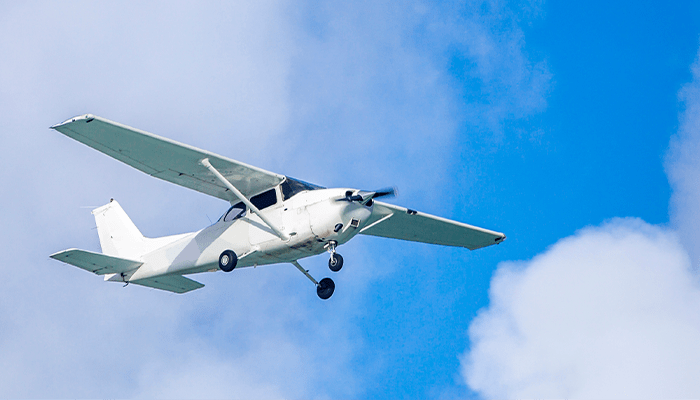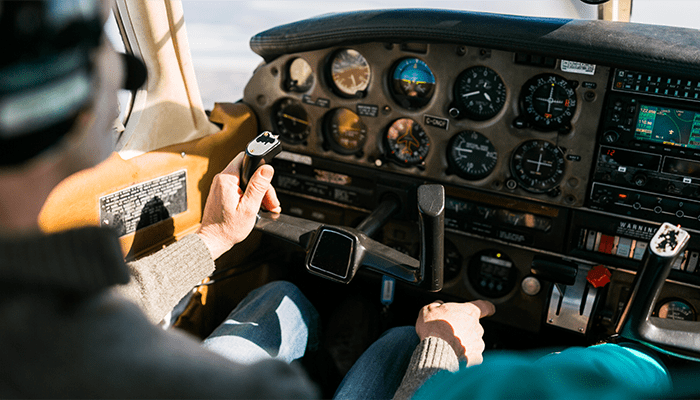Imagine that your company’s Gulfstream G150 has to undergo emergency maintenance the day before you have to get yourself and few other employees to that annual corporate meeting in Atlanta. Or, what if one of your employees who recently obtained their pilot's license decides to lease an aircraft to use on company business? Would your business be covered?
Although these scenarios are usually never anticipated, having Non-Owned Aircraft Coverage will provide protection for your company and its assets in these instances. And to better understand why Non-Owned Coverage is necessary, it is important to classify what a Non-Owned Aircraft is.
For example, a Non-owned aircraft can be:
- Any temporary substitute aircraft (chartered, rented, etc.)
- A Dry Leased Aircraft
- An employee’s personal aircraft
In the event of a loss, Non-Owned Aircraft Liability insurance would provide coverage for any bodily injury to third parties (including passengers in the aircraft) and property damage.
Non-Owned Hull Insurance would provide coverage for any physical damage done to the non-owned aircraft.
If you are a corporation, non-owned coverage is usually included on the majority of corporate aircraft policies. However, before you charter an aircraft from an outside company or lease one from elsewhere, it is important to take the proper steps to ensure you are protecting your business and its assets to the highest degree.
In order to protect your business when you charter an aircraft on company business, it is recommended that you request the following coverages under the charter operator’s insurance policy:
- Additional Insured
- Waiver of Subrogation to prevent the insurer from pursuing subrogation against your company in the event of a loss
- Request that the coverage be primary without right of contribution from any coverage your corporation may carry.
You will want to evidence the above coverage by obtaining a certificate of insurance from the insurance carrier and a copy of the corresponding policy endorsements. In the event of a loss, the charter operator’s insurance policy would act as primary coverage and your non-owned policy would apply as excess coverage.
With that being said, if an employee of your corporation uses owned or non-owned aircraft on company business, you should request additional insured status under that employee’s policy for your business. In the event of a loss, this would trigger the employee’s policy first, before triggering your corporation’s non-owned aircraft policy.
If you have non-owned exposure that you think may not be covered and would like a quote, please contact the AssuredPartners Aerospace team.



